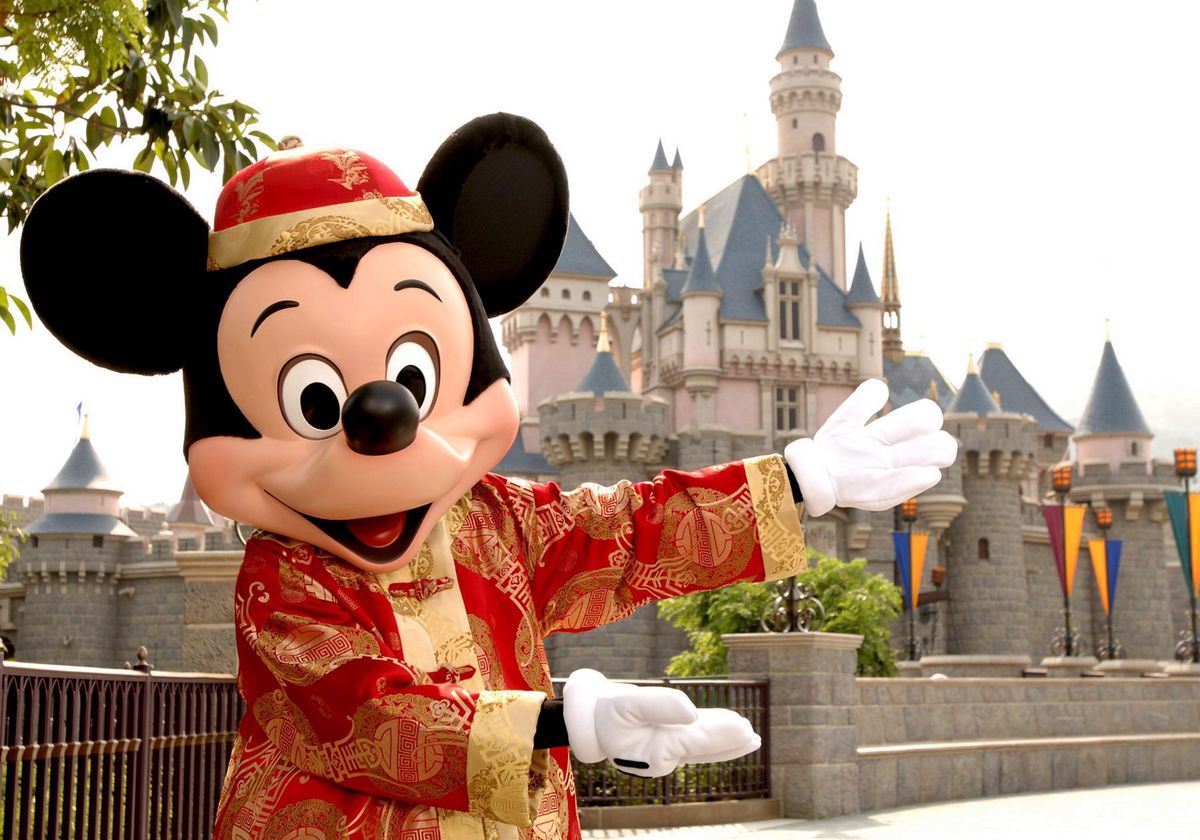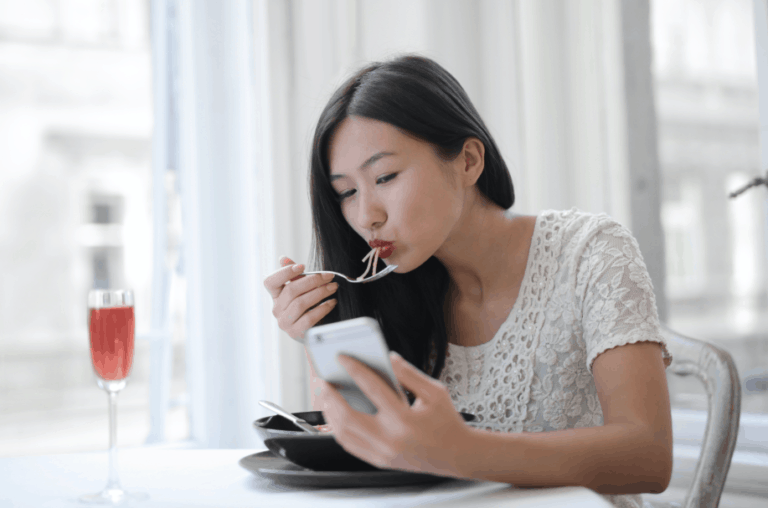To know more about the Leisure industry in China, contact us at dx@daxueconsulting.com
What are the real challenges confronting Disneyland Shanghai?
China’s economy is transitioning from a manufacturing economy to a consumption-based one. It is forecasted that the per-household disposable income of urban consumers will double during the current decade from about $4000 to $8000. It is no surprise, therefore, that Chinese household spending on entertainment and leisure activities rose 56% in just one year between 2010 and 2011.
 Economic circumstances are clearly favorable for Disneyland Shanghai to prosper when it opens later this month. Robert Iger, the Chairman and Chief Executive Officer of The Walt Disney Company, stated in November 2014 that the park represented the organization’s ‘best international growth initiative in a long time’. Indeed, tickets for the opening day of Disneyland Shanghai were sold out within a few hours of being available on the official website. This is despite the first batch being sold at a premium price of $76. Furthermore, it is predicted that it will be visited by seventeen million tourists per year.This is due to a convenient geographical location within a three and a half hour drive from three hundred million people. Certainly, Disneyland Shanghai has many ingredients to generate significant revenue.
Economic circumstances are clearly favorable for Disneyland Shanghai to prosper when it opens later this month. Robert Iger, the Chairman and Chief Executive Officer of The Walt Disney Company, stated in November 2014 that the park represented the organization’s ‘best international growth initiative in a long time’. Indeed, tickets for the opening day of Disneyland Shanghai were sold out within a few hours of being available on the official website. This is despite the first batch being sold at a premium price of $76. Furthermore, it is predicted that it will be visited by seventeen million tourists per year.This is due to a convenient geographical location within a three and a half hour drive from three hundred million people. Certainly, Disneyland Shanghai has many ingredients to generate significant revenue.
Profit margins, however, are not the sole target for Iger and his team. They also want to create an environment that is ‘authentically Disney and distinctly Chinese’.Disneyland Shanghai might seem predestined to yield substantial financial returns, but Disney faces a real challenge to brand the park effectively. As they have already witnessed with Disneyland Hong Kong, Chinese customers provide unique challenges that are not always compatible with an authentic Disney image.
Lessons to learn from Disneyland Hong Kong
Before Disneyland Hong Kong even opened in September of 2005, it had already received criticism from an international audience. In original plans for the park, it had been thought culturally appropriate to sell shark fin soup on the campus. In response, the World Wildlife Fund urged its five million members to send emails of complaint to Disney. After extensive research, Disney accepted that shark fishing could not be conducted in an environmentally sustainable fashion and removed shark fin soup from the menu.In this instance, attempts to adapt the Disney brand to Chinese culture clashed with the company’s established international appeal.
The park also failed to acknowledge regional customs. In January of 2006, it introduced a discounted one-day ticket plan that allowed the holder to use the ticket anytime during the following six months, except on designated ‘special days’ when large crowd numbers were anticipated. The public holiday for Chinese New Year in Hong Kong, however, was four days shorter than that on the mainland. Disney was unaware of such regional differences. Consequently, they did not mark the full period as a set of ‘special days’. Hoards of legitimate ticket holders arrived at the park gates from the Chinese mainland due to the upsurge in ticket sales the discounted tickets triggered. They had to be rejected and refunded due to capacity limitations. Nevertheless, some clients were so displeased that they began to jump over the steel gates as anarchy ensued. The regional differences across the country were unappreciated by those managing the park. Disney’s image as a site of wonder and imagination were replaced by rejection and frustration.
New Park, Same Problems?
There is already evidence that Disneyland Shanghai might encounter troubles in adapting the Disney brand to the Chinese market. When the Park’s metro station opened in April this year, curious locals went to the park and supposedly behaved indecently and even caused damage to areas outside the park’s gates.The Shanghai Shendi Group, a state-owned company, own 57% of Disneyland Shanghai. The Chinese state grew so concerned that Chinese customers would not interact with the park appropriately that they issued an etiquette guide aimed at locals planning to visit. They prohibited littering, cutting in line and damaging the landscape. If such behavior does take place it is difficult to see how the park will resemble something ‘authentically Disney’. The potential incompatibility of Disney’s image with Chinese culture will be a challenge.
Positive Developments
This article has thus far underlined just how challenging the balance between brand authenticity and local Chinese customs will be for Disneyland Shanghai. It should also be demonstrated, however, that Disney has made research led attempts to accomplish their aspirations. Through analysis of Chinese architecture, online surveys, and in-person focus groups they hope to have designed a park that will be admired by local Chinese visitors and international Disney fanatics alike. Included in the park will be a Garden of Twelve Friends, based on the dozen animals of the Chinese zodiac. Meanwhile, a reconstruction of the Soarin’ Over California ride from Disney’s California Adventure Park will be replaced with features like the Shanghai skyline and the Great Wall of China. Concerted efforts have been made to foster a park ‘authentically Disney and distinctly Chinese’ and it will be fascinating to see how successful these attempts are.
Disneyland Shanghai is opening at the perfect moment to exploit increased Chinese consumer spending. It is potentially not, however, the creation of a profitable theme park that will be Disney’s greatest challenge. Their objectives of a park ‘authentically Disney and distinctly Chinese’ is perhaps more perplexing. As they have already experienced with Disneyland Hong Kong, the international Disney brand can be compromised too far when adapted to the behaviors and tastes of Chinese consumers. There is evidence that Disney has conducted significant research into a suitable design for the park. Nevertheless, there are already early warning signs that Chinese customers might test those managing the park in unique ways. Daxue Consulting provides professional market research to companies looking to enter the Chinese market. Accordingly, it will be worth tracking how successfully Disneyland Shanghai adapts to the Chinese mainland.
Case Study: Leisure Industry in China
Present in China for many years already and specialized in the tourism and leisure industry in China, one of Daxue Consulting’s Clients was looking for strategy routes to develop and increase its strength on the Chinese market. The client’s aim was to define what were the key segments that their company should focus on, and what were the future market opportunities in China? Daxue Consulting supported the client strategy in China by assessing the enterprise mobility market size, and then identifying key opportunities for the client to focus on (specific needs in targeted segments, untapped segments, new technologies, etc.).
Follow us on Twitter to see our latest post:
How much time do the #Chinese spend on #leisure activities? Check our latest study https://t.co/MEcFu2w0En #China pic.twitter.com/ZWImbhlqCt
— Daxue Consulting (@DaxueConsulting) November 18, 2015





